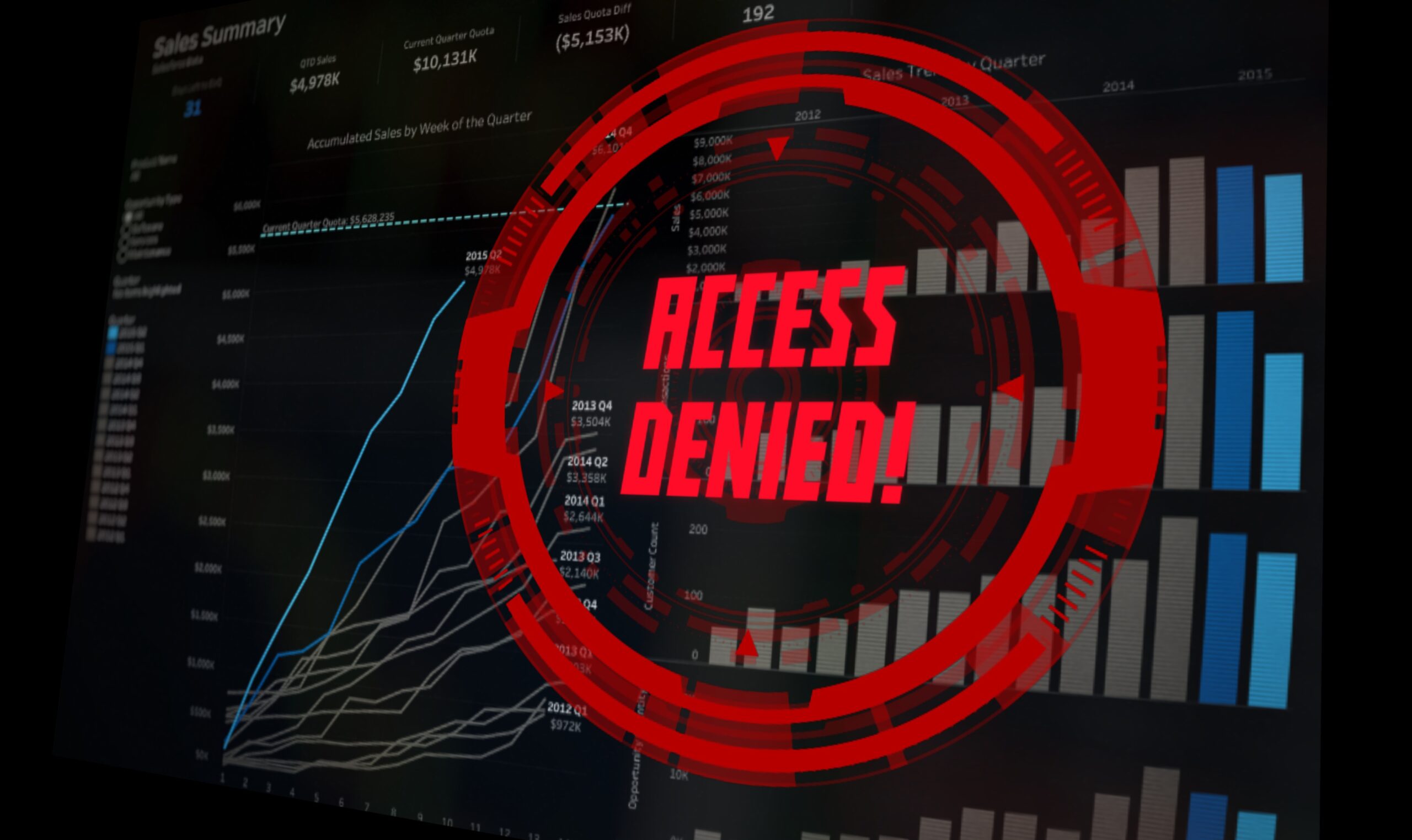A rundown of the departments and programmes that received support for digital ambitions
Credit: Pixabay/Kevin Schneider
It’s been a while since the government last conducted a comprehensive spending review.
After twice being delayed by a year, before this week’s review, the previous such exercise took place two prime ministers and three chancellors ago, in a world where Justin Bieber had just had his UK first number-one single and Jack Grealish had just scored his first Premier League goal – and the UK was still seven months away from voting on whether to remain in the European Union.
Clearly, a lot has happened since then.
Not least in the technology landscape, where six years can be an awfully long time; since November 2015 there have been seven new iterations of the iPhone – not to mention 10 different ministers in charge of digital government.
Many digital and data projects and teams across government will have been waiting to see if the budget and spending review – which set out departmental funding plans for the coming three years – provided backing to progress or even expand their ambitions.
This week finally brought news – here are the headlines.
Investment still needed in customs IT
The development by HM Revenue and Customs of a new customs IT system was one of the biggest operational challenges the government faced in preparing for Brexit. At the time of the referendum, the department was already engaged in a major project to deliver a new platform that could cope with up to 100 million declarations each year – comfortably in excess of an average annual total of about 55 million.
Overnight, the incoming Customs Declaration Service needed to massively increase its capacity to enable it to cope with the post-Brexit expectation of about 250 million declarations a year.
In the months following the Brexit vote, MPs frequently warned of the urgent need for HMRC to receive sufficient funding to deliver the new system.
The system has long since got up and running, but the spending review makes clear that IT platforms at the UK border still require heavy and ongoing investment.
During the three-year period from 2022/23 to 2024/35, HMRC will receive £838m “to complete the delivery of critical customs IT, including the new Customs Declaration Service”.

Digitising export services
Goods on the way out of the UK – as well as the way in – will also benefit from money invested in digital services, the spending review announced.
The Department for International trade currently runs an Export Support Service to support UK traders in selling goods to the EU. The government intends to increase the scope of this service, and support increased digitisation.
Between now and 2025, a total of £45m in funding will be provided “for the digital transformation of DIT’s export support services, delivered through an expansion of DIT’s new EU- focused [service] to cover all markets” around the world.
Big backing for Innovate UK
The government agency dedicated to promoting and supporting innovation, Innovate UK, was a big winner this week.
The organisation’s work was praised by Rishi Sunak during his speech in the House of Commons, alongside a pledge to increase its annual budget by more than 50%.
Its current tally of yearly funding stands at £700m; in the second year of the spending review period, 2023/24, this will be raised to £800m. The following year will bring a budget of £1.1bn.
Part of non-departmental funding agency UK Research and Innovation, Innovate UK describes its role as being to “drive productivity and economic growth by supporting businesses to develop and realise the potential of new ideas, including those from the UK’s world-class research base”.
It employs about 500 staff and is headquartered in Swindon.
“With a strong business focus, we drive growth by working with companies to de-risk, enable and support innovation,” the organisation’s website said. “We connect businesses to the partners, customers and investors that can help them turn ideas into commercially successful products and services and business growth. We fund business and research collaborations to accelerate innovation and drive business investment into research and development.”
Transforming welfare
The chancellor yesterday promised an extra £500m to the Department for Work and Pensions to enable increased use of digital technology across the benefits system.
Over the three-year spending review period, the department will receive £2.6bn to deliver “digital activity to support the delivery of benefits and transform how customers interact with the welfare system”.
This funding figure includes an extra £213m for capital investments, and an additional £310m to support operations.
A nod to digital government
The 2015 review brought with it a major vote of confidence in the Government Digital Service, which had been created less than four years previously.
Its role and remit as “the digital, data and technology centre for government, supporting departments as they transform their business operations” was affirmed by the review – which also set out backing of £450m for the agency’s work.
This time around, the endorsement was a little more muted, and did not come with a price tag attached. But the review did indicate support for the digital unit, alongside a promise of – and unspecified amount of – investment.
Between 2022 and 2025, the government will be “providing funding to the Government Digital Service to maintain and develop government information services, including GOV.UK”.
The review also brought a specific pledge to provide financial backing for GDS’s ongoing work to develop a single, unifying online login system that will be used across all departments and services.
 Treasury documents promised “funding to progress development of ‘One Login’, a new system to allow users to access government services – from paying taxes to registering births – through a single portal”.
Treasury documents promised “funding to progress development of ‘One Login’, a new system to allow users to access government services – from paying taxes to registering births – through a single portal”.
Work on the new login platform began last year, and the system is intended to launch next year. It will replace an existing patchwork of 44 different means of accessing services through more than 100 separate accounts systems.
Among the tools that will be phased out is Verify – the identity-assurance platform launched by GDS in 2016. Widely regarded as an expensive failure, the tool fell a long way short of adoption targets for both citizens and departments.
GDS chief executive Tom Read recently told the Public Accounts Committee that One Login would not replicate the mistakes made during the development of Verify.
“With the Verify programme, the technology approach and the overall design was baked in right at the beginning,” he said. “The founding principle was ‘we will use external providers to prove somebody’s identity, [who will] then just say “yes” or “no” back to the service… which is very good for protecting citizens’ data. But what wasn’t done is proper, iterative testing with real users to see if that worked – and we now know that that doesn’t work for around half of the users who use it.
“What we are doing instead [with One Login] is working with departments across government – with the frontline of departments – to say: ‘let’s learn more about how your users work, and we will build a solution for that works for that set of those users’. Then we will go to the next set of users to see if that works and, if not, we will need to pivot and will need a slightly different solution.”



